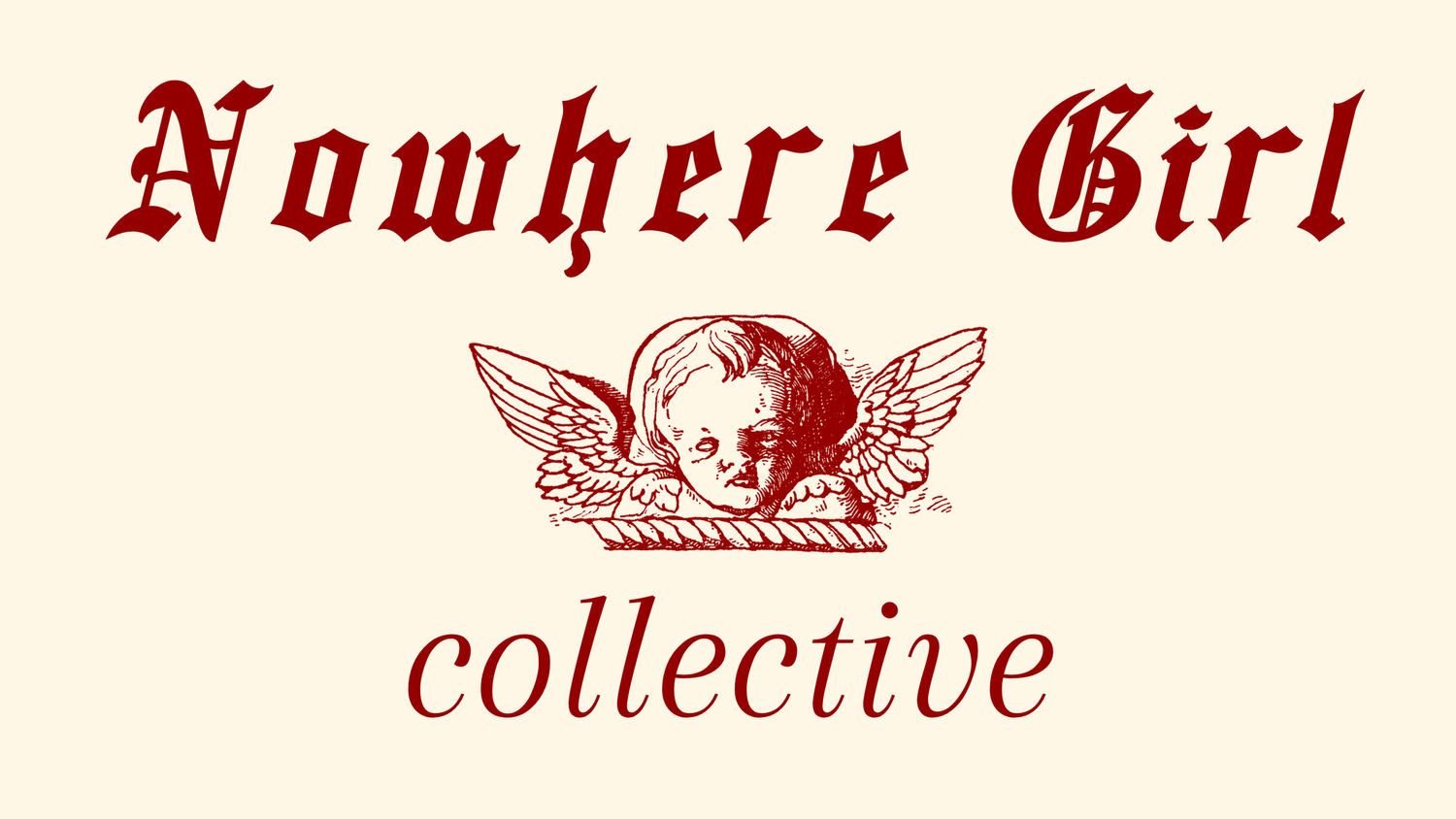MASTERPIECES
It is a long-stated truism that the relationship between an artist and their muse is one of convolution: desperation and devotion, inspiration and introspection, a fuel for masterpieces and tragedies alike. Where the muse becomes a vehicle for a vision, a fleeting encapsulation of emotion and vehemence, an assiduous expression of a precarious, undefinable sensation experienced first and foremost by the creator — and perhaps, like the fading scent of perfume from someone who has already left, it is experienced, second-hand, by the creation.
The art the relationship produces becomes a keyhole in which we, an ambiguous, perhaps apprehensive audience, discern a fragmented picture of the artist and their muse. Their relationship becomes frozen: immortal in a way that both subject and creator cannot be alone. What is Da Vinci without Mona Lisa? What is a dance without a dancer? In some ways, the artist and the muse are dependent on each other; the art does not — cannot — exist without the muse, and yet we collectively say the artist and their muse. It is never the muse and their artist. The artist holds the vision; the muse allows the vision to be projected on to them. And we, the audience, play our own part of peeping Toms, experiencing a frame, a song, a poem, encountering an unfamiliar plane of intimacy — of togetherness. With that comes the knowledge that we will never be privy to the full extent of this relationship; only the things of beauty that are crafted because of it.
Over the years 1971 to 1986, a painter named Andrew Wyeth produced a series of over two hundred artworks featuring one German model — his neighbour, Helga Testorf. While the intricacies of this relationship have been commented on by numerous art historians, Wyeth himself explains that he was “Enamoured. Smitten. That’s what happened when I saw Helga.” And yet, as the two of them have stated repeatedly, their relationship never progressed beyond platonic — and so it suggests that there is a connection between creator and creation that we cannot quite comprehend. We cannot label it definitively, plaster it with something mundane and universal. Not romance — not friendship — not lust — but an intense codependency that cannot be found outside of art. Obsession, infatuation, fascination and even companionship do not do the potency and complexity of such a relationship justice; and so perhaps the only word left to describe it, truly, is inspiration.
Wyeth and Testorf’s relationship was particularly notable because of its secrecy. Over the course of those fifteen years, Wyeth’s art was not made public. Even their spouses were unaware of the vast collection of what would later be deemed masterpieces stored in Wyeth’s friend’s house. And so it appears production of this art was not done for external eyes: it was done out of an aching fervour for expression. Perhaps an act of devotion forced by the hand of inspiration: art produced not for public viewing but for the necessity of it. Which is what the art becomes — an outlet for this overflowing, bursting, burning originality at the heart of the artist, catalysed and spurred on by the muse. Which raises the question: what constitutes a muse? Must it always be a naked woman reclining? Does a breeze that caresses — a coffee in the morning — a smile from a stranger — count? Is a muse any thing, living or not, that invokes an emotion, an ache, a desire for creation? Can one’s very emotions become a muse? The curve of a neck, the haunting tilt of a mouth, the burning sienna sunset, the tinkling of overheard laughter, the bruised violet of twilight, a roaring, consuming bout of fury: if it acts as an incitement towards art, can it become the enchanting, ineffable muse?
But despite, or conceivably because of, the emotion and inspiration that fuels this relationship, the artist-muse dynamic is one fraught with a unique kind of instability — which is why Wyeth and Testorf’s relationship was so surprising. Fifteen years is a level of longevity that most, historically, do not parallel. The baring of emotion, reckless abandon and complete, utter vulnerability within the designated frames of artists and muses leads to a connection that is entirely all-consuming. The fiery nature of the relationship is just that: fire, blazing, burning, beautiful, but temporary. The fire is always extinguished. The embers of it are left in the art: remnants of something that has long transpired, as the artist moves on to the next work — and perhaps the next muse. Picasso, as an example, is known for having had multiple muses. Possibly the codependency of the relationship does not rely on the being of the muse, but only the presence of one; because what does the muse truly mean to the artist? Do they simply become mouthpieces for a vision, an outlet on which the artist projects their inner ideas, dreams, emotions, until they no longer serve inspiration? Are they complete in and of themselves, or do they simply serve the artist’s purposes as long as they can? And above all: are these pieces of art an act of devotion, or an act of utilisation?
Questioning it, however, is inconclusive. Artists and their muses are all around us, and always will be. If we take the concept that anything can be a muse, then everyone becomes an artist — and everything becomes art. Every song, every ambiguous “you” in a poem, every acknowledgement at the end of a novel — even every simple conversation. They become masterpieces. We become masterpieces.
h.e.a., 18, middle east ✯
“occasional writer & full-time virginia woolf enthusiast.”
